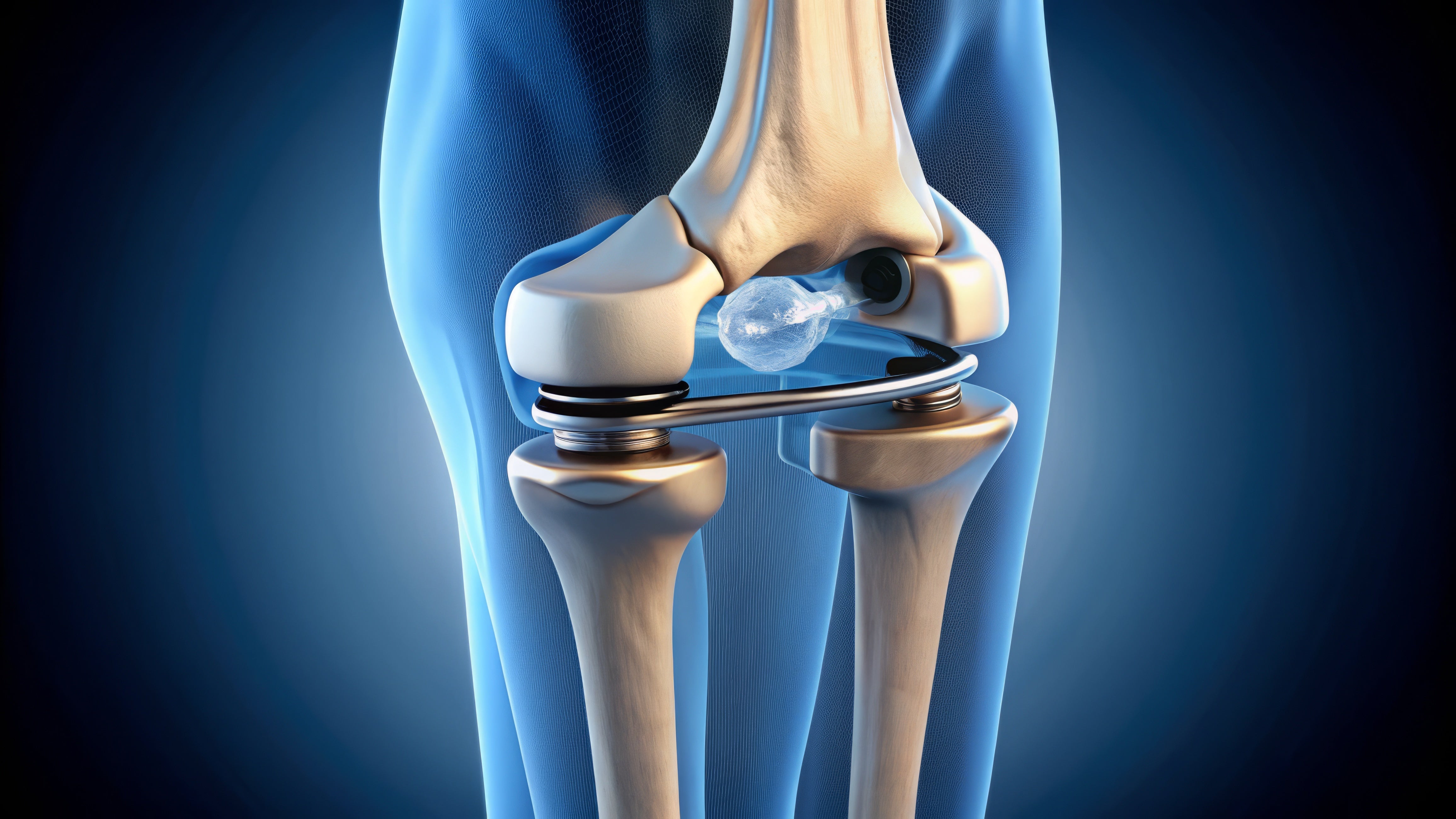
How Do Implanted Materials Affect Patients Over Time: An Update on ECRI’s Partnership with FDA on Materials Safety in Medical Devices
Comprehensive evidence-based studies examine safety and risks of materials used in implantable medical devices
ECRI's mission to reduce preventable harm across the healthcare industry includes leveraging our expertise performing evidence synthesis as an Evidence-Based Practice Center for more than 25 years. But our impact goes beyond the membership content and data sets we provide to healthcare organizations. It includes collaborations with other prominent healthcare organizations, such as the U.S. Food and Drug Administration (FDA), at the forefront of vetting the safety of new, emerging, and established medical devices.
Over the past three years, ECRI has produced a variety of safety summaries for FDA intended to improve the safety of implantable medical devices by using safer materials. This ongoing, multi-year endeavor is part of the FDA Center for Devices and Radiological Health’s (CDRH) broader initiative to help prevent at-risk patients from receiving devices that contain materials that may cause harm.
The summaries are useful tools to guide innovators in selecting materials and components for future medical products, resulting in patients and doctors having better access to more effective and safer medical devices. Additionally, this work increases transparency, minimizes patient risk, and has a profound impact on patient health.
Examples of published summaries focus on:
- PEG (polyethylene glycol), used broadly as a coating for stents and catheters
- Polypropylene, often used in surgical mesh
- Siloxanes, often used in breast implants
- Silver, used as an antimicrobial agent
For each study, ECRI performs a comprehensive literature search and systematic review to identify the current state of knowledge about medical device material performance after implantation. ECRI also analyzes data derived from its Patient Safety Organization, accident investigations, Problem Reporting Network, and healthcare technology alerts.
ECRI and FDA team members work collaboratively to compile a unique view of the effects that materials may have on a patient’s body over time and the effects of the patient’s body on the materials. In compiling and analyzing this information, team members answer the following key questions about local and systemic responses to materials commonly used in medical devices:
- What is the typical or expected local host response to the material?
- Does the material elicit a persistent or exaggerated response that may lead to systemic signs or symptoms, beyond known direct toxicity problems?
- Are there any patient-related factors that may predict, increase, or decrease the likelihood and/or severity of an exaggerated, sustained immunologic/systemic response?
- Are there any material-related factors that may predict, increase, or decrease the likelihood and/or severity of an exaggerated, sustained immunologic/systemic response?
- What critical information gaps exist, and what research is needed to better understand this issue?
For more information about FDA’s Medical Device Material Safety Summaries, email ECC@ecri.org.
